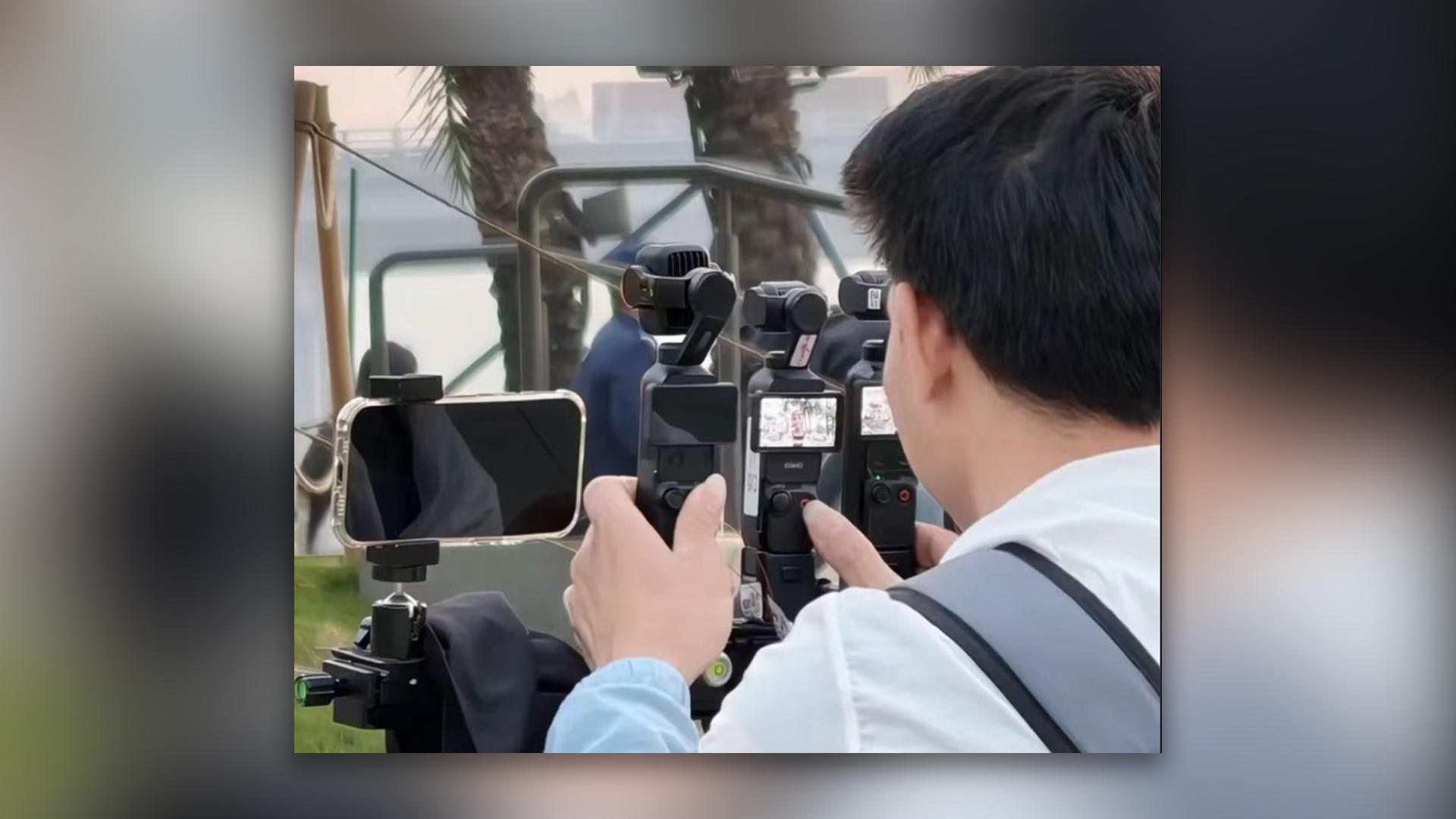The camera influencers want, but no one can find, is finally coming back. But is the Canon G7 X III even the best choice anymore?
Canon Japan is increasing production of the trendy G7X Mark III, but six years later, the compact camera still has a few stand-out features
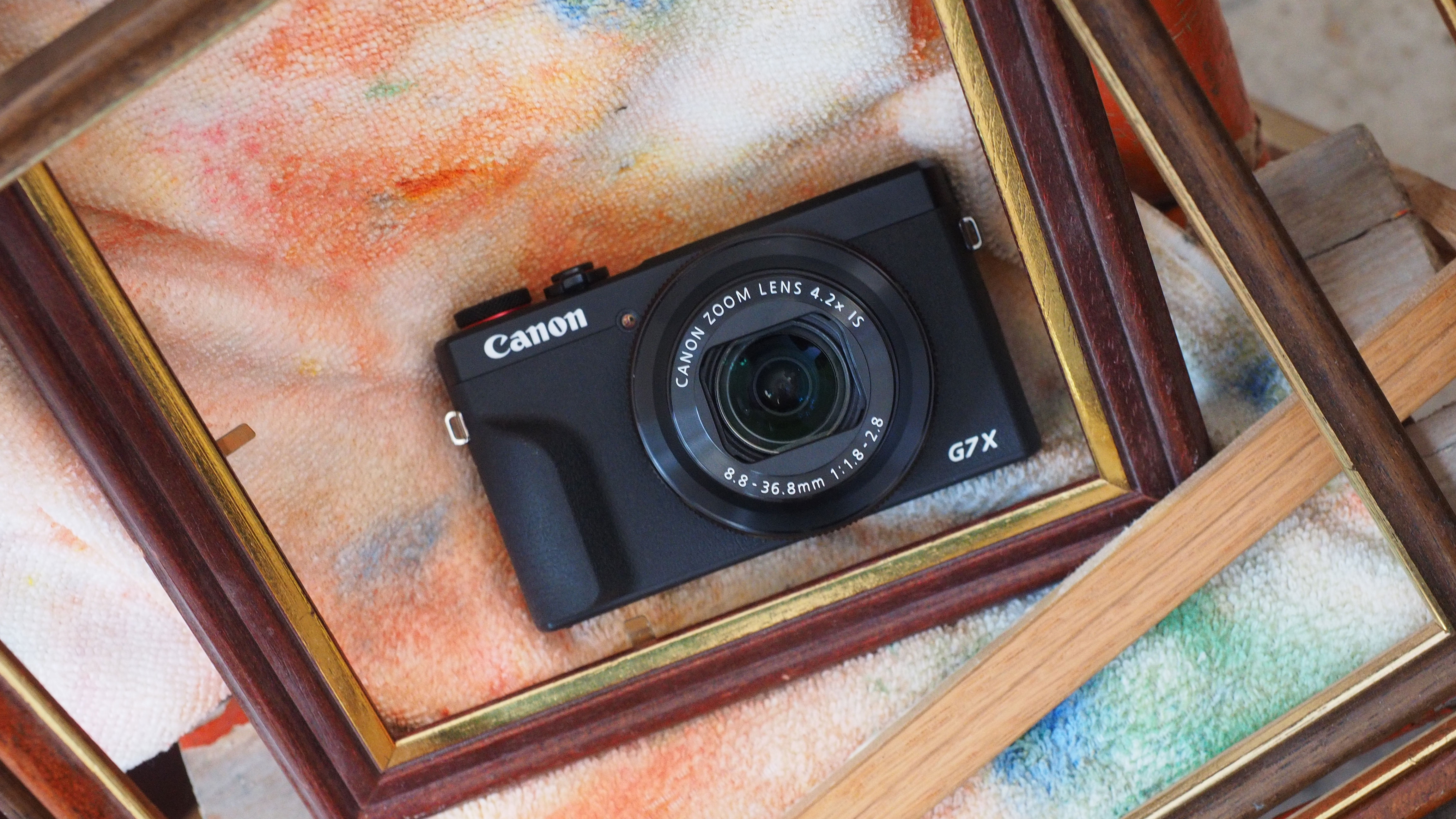
The Canon PowerShot G7 X Mark III launched at a time when camera sales were faltering and compact cameras were falling by the wayside. But just a few short years later, trends among social media and younger generations would propel compact cameras like the Canon G7X series back into the spotlight. The problem? The camera became so trendy that it was perpetually out of stock.
But, last week, Canon announced that it was increasing production of the G7X Mark III as well as the Canon SX740 HS and reopened preorders in Japan. The move signaled potential hope against the price gouging that has third-party and used prices of the camera reaching nearly double the original list price in some markets.
The Canon G7 X Mark III, however, launched in July of 2019 – and a number of new compact cameras have launched in the years since. Is the Canon G7 X series still one of the best compact cameras for influencers – or are there better options out there? The answer lies in part with why the G7 X found popularity in the first place.
Why is the Canon G7X series so trendy?
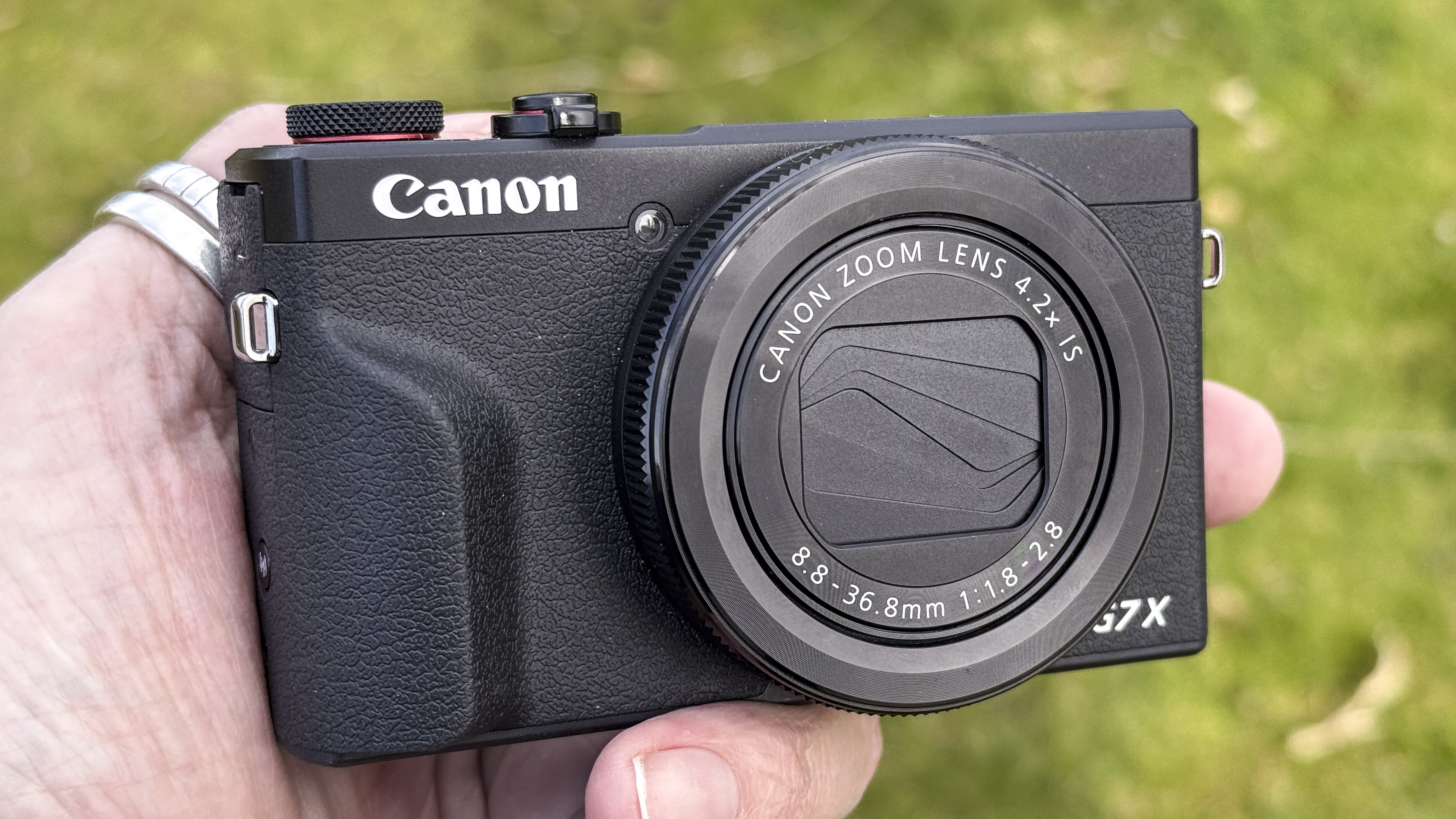
The Canon G7 X series’ resurgence can be blamed in part on some viral social media trends that pushed the compact camera so far into the spotlight that the New York Times even called it the “It Girl camera.”
Both the G7 X Mark II and newer Mark III have become popular accessories in part after influencers shared comparisons between the compact camera and images shot on a smartphone. The difference between the compact camera and the smartphone was enough to get fashion influencers blasting the camera’s praises.
But the reason the G7 X won out in image quality comes down to a handful of its technical features. One of the biggest reasons that the G7 X Mark III takes portraits that are arguably more flattering than a smartphone is the zoom lens, which is equivalent to a 24mm to 100mm lens on a full-frame camera.
Longer telephoto optics compress distances, while wide-angle lenses will instead exaggerate those distances. Take a portrait on a wide-angle lens; those exaggerated distances mean a nose that looks larger and a face that looks wider. But, take a portrait at 100mm, and the nose won’t look as large, and the face will look less wide.
The best camera deals, reviews, product advice, and unmissable photography news, direct to your inbox!
A post shared by Perth Wedding Photographer (@bayleywilliam.weddings)
A photo posted by on
The wide angle on a smartphone’s selfie camera – a necessity to fit someone holding the phone out at a distance – distorts features. (Yes, there’s an actual scientific reason why you think you look better in a mirror than you do in a selfie.)
While the zoom lens on the G7 X series plays a big role in the compact camera’s popularity, that’s not the only reason. The one-inch sensor is larger than that of most smartphones, which, when combined with the f/1.8-2.8 maximum aperture of the lens, creates more pleasing background blur. The flash packed inside the camera also tends to outdo a smartphone’s.
Finally, the Canon G7X series does that in a camera that can still easily tuck into a small handbag or even a pocket, unlike a mirrorless camera with a flattering portrait lens.
Are there any Canon G7X alternatives that are any good?
The Canon G7 X series found a following for its flattering zoom lens, larger sensor, and compact design – but six years after the launch of the Mark III, are there comparable or better options on the market? Sort of, but the G7X Mark III still sits at a happy medium in terms of the camera’s size, price, and ease of use. Or, at least, it would if the camera were readily available at list price.
There are a few cameras that are somewhat comparable; however, some of them with features better than the G7 X, others slightly worse, but on a camera that’s far easier to find.
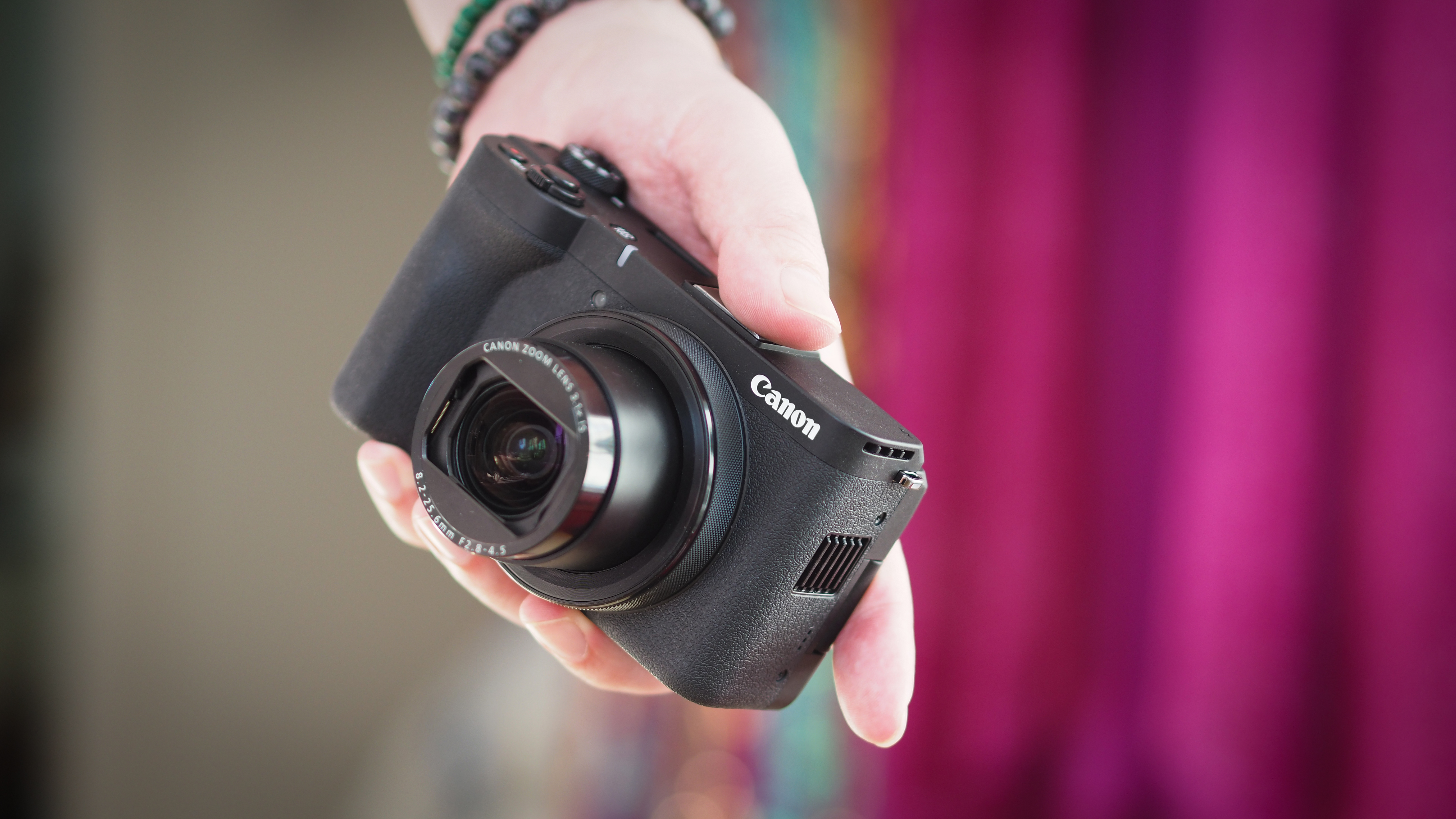
The Canon PowerShot V1 comes from the same company behind the G7X series, and it’s a much newer camera. That, and it’s primarily aimed at vlogging, a category that also includes influencers filming TikToks and Reels. But, while the V1 has better video recording features, the lens doesn’t reach as far, the sensor is smaller, there’s no built-in flash, and the V1 is a bit larger.
Read more: The Canon PowerShot V1 is good, but it's no G7 X
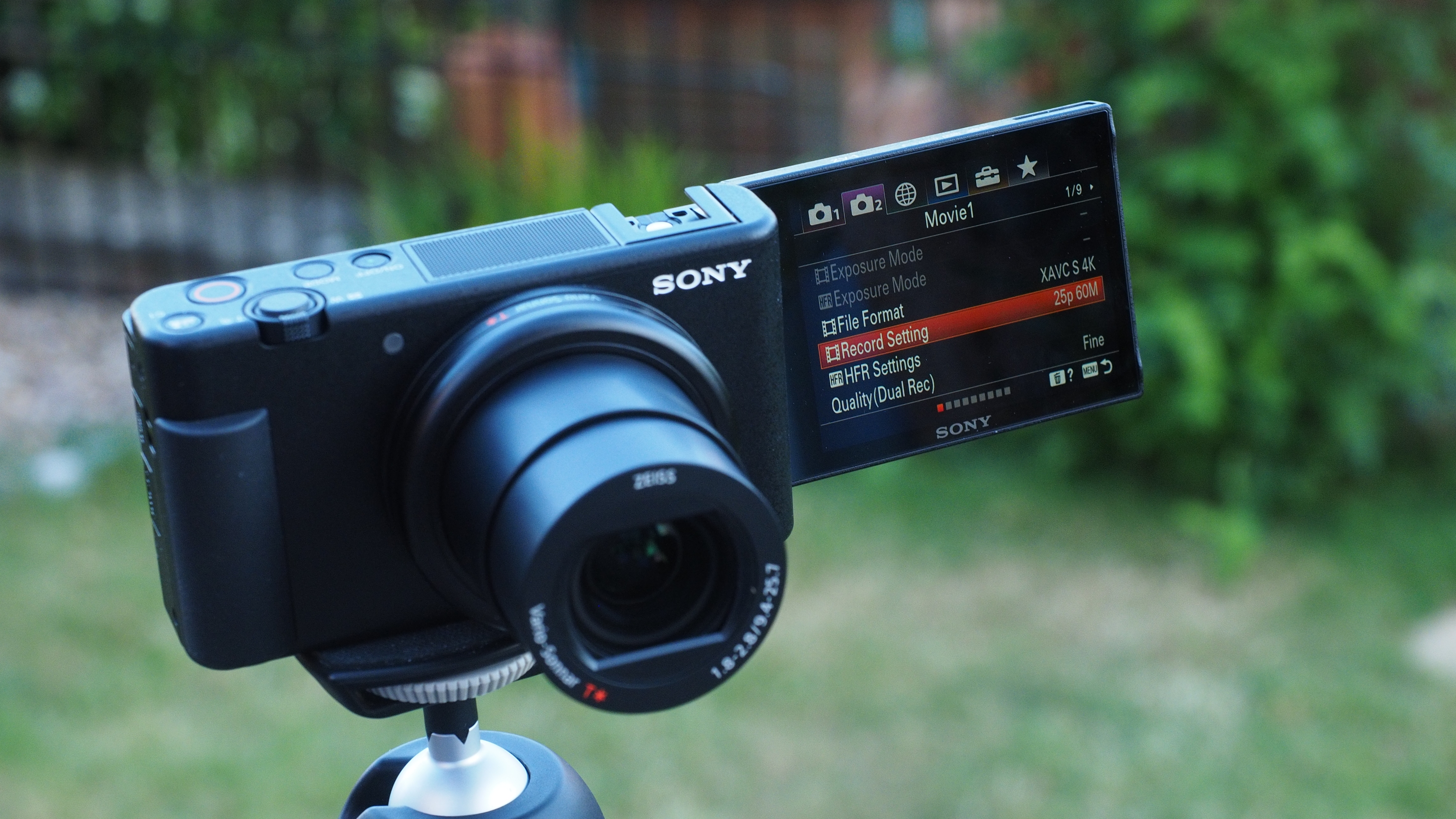
Another vlogging-focused camera that compares somewhat closely to the G7X Mark II is the Sony ZV-1 and ZV-1 II. The ZV-1 has a one-inch sensor, much like the G7X Mark III, but the zoom lens is a bit shorter as a 24-70mm equivalent, and it doesn’t have a flash at all. (The ZV-1 II has an even wider lens than the ZV-1).

The Sony RX100 Mark VII is a stills-focused camera that, yes, still has flash and even outdoes the G7X’s lens with a 24-200mm equivalent zoom lens. That lens isn’t quite as bright, but the Sony RX100 Mark VII sports a similar one-inch sensor. The RX100 Mark VII has a pop-up viewfinder that beats even the G7X series and excellent autofocus, including eye detection that is a huge help when setting the camera up on a tripod for selfies.
The biggest sticking point between the G7 X and the RX1000 series, however, is that the Sony camera’s list price is nearly twice that of the Canon. The difference is much smaller compared to the inflated prices of the G7X III in regions where the camera hasn’t yet begun shipping again, however.
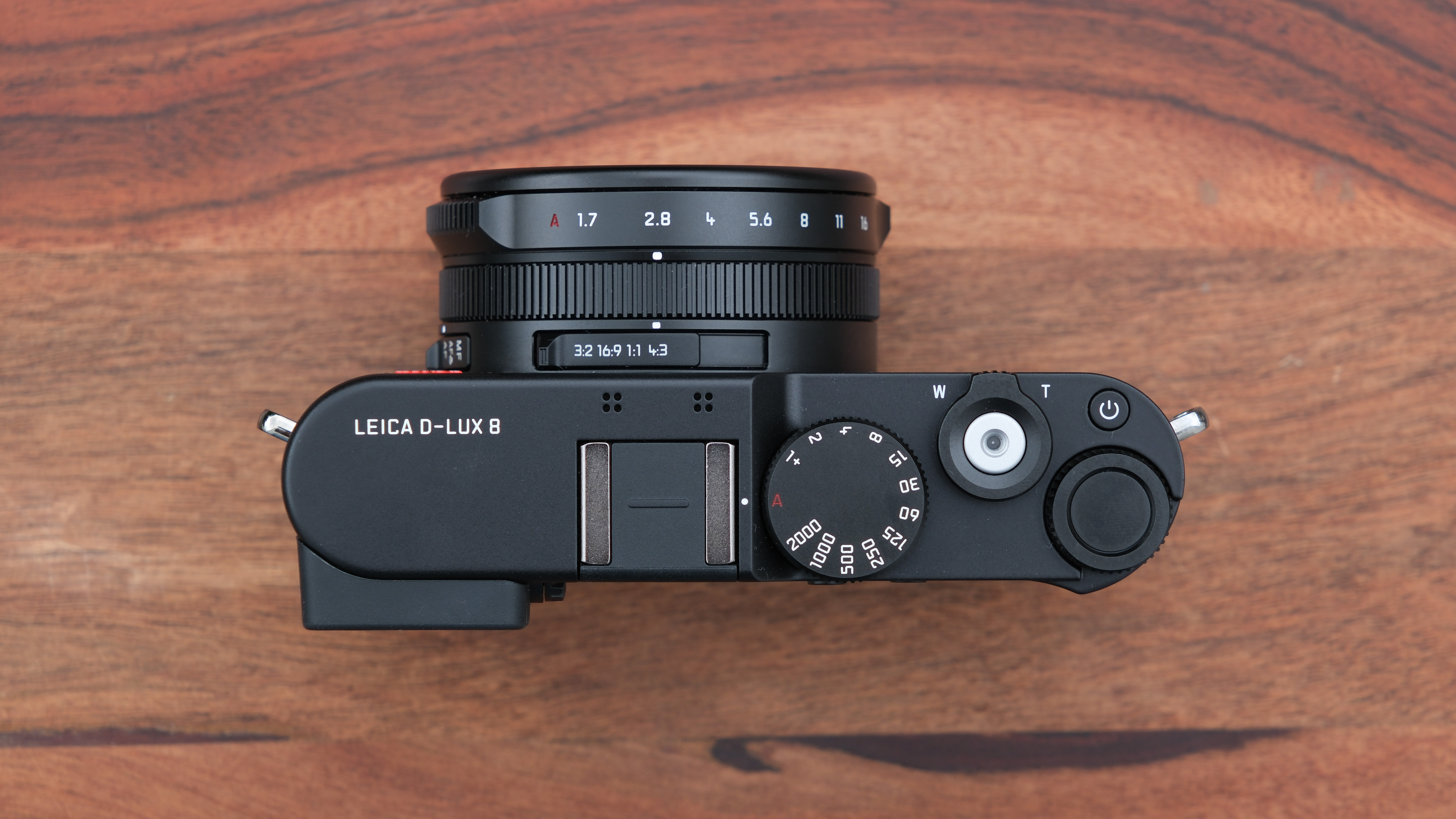
At one time, scalpers were charging nearly the cost of the Leica D-Lux 8 for the once budget-friendly G7 X Mark III. The Leica D-Lux 8, as a photographer, is the G7 X alternative that I would personally lean towards. The 24-70mm lens isn’t quite as long as the G7X Mark III’s, but the D Lux makes up for that with a much larger Micro Four Thirds sensor. Leica is a luxury brand, and the D Lux also comes with a feel that is far from the basic plastic of many compact cameras.
While at one time, the D Lux 8 was selling for nearly what scaplers were charging for the hard-to-find G7X Mark III, if resuming production drops the G7X Mark III back to list price, then there will a steep price difference between the two. When I first recommended the D Lux 8 as a G7 X alternative, the Leica camera was close in price, but tariff price hikes have increased the price gap between the two cameras in the US.
There are other trendy compact cameras on the market that will deliver far better quality than a smartphone – like the Fujifilm X100VI and the Ricoh GR IIIx – but many of the large-sensor compacts have fixed lenses without zoom, and the zoom that reaches up to 100mm is one of the reasons that the G7 X Mark III became so trendy among influencers.
The reasons that influencers fell in love with the G7 X Mark III are all features that, despite the camera's age, aren’t outdated. While there are cameras with even better zoom lenses, larger sensors, and better builds, few offer the mix of zoom, flash, and compact design at the list price of the G7X Mark III.
The list price of the trendy G7X series remains inflated, however, in regions where Canon hasn’t reopened preorders. Hopefully, with Canon Japan opening orders, additional areas will follow suit.
You may also like
Browse the best compact cameras for more inspiration, or read about why a pancake lens and a mirrorless camera may deliver better image quality for less cash.

With more than a decade of experience writing about cameras and technology, Hillary K. Grigonis leads the US coverage for Digital Camera World. Her work has appeared in Business Insider, Digital Trends, Pocket-lint, Rangefinder, The Phoblographer, and more. Her wedding and portrait photography favors a journalistic style. She’s a former Nikon shooter and a current Fujifilm user, but has tested a wide range of cameras and lenses across multiple brands. Hillary is also a licensed drone pilot.
You must confirm your public display name before commenting
Please logout and then login again, you will then be prompted to enter your display name.
